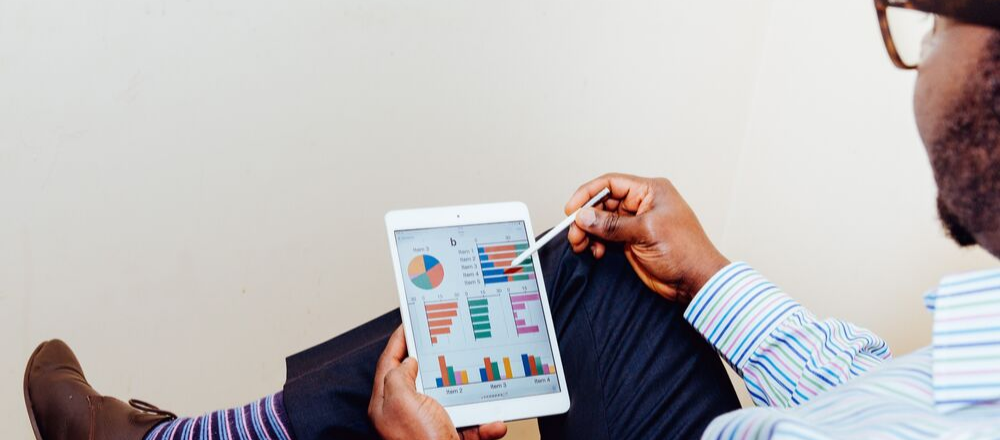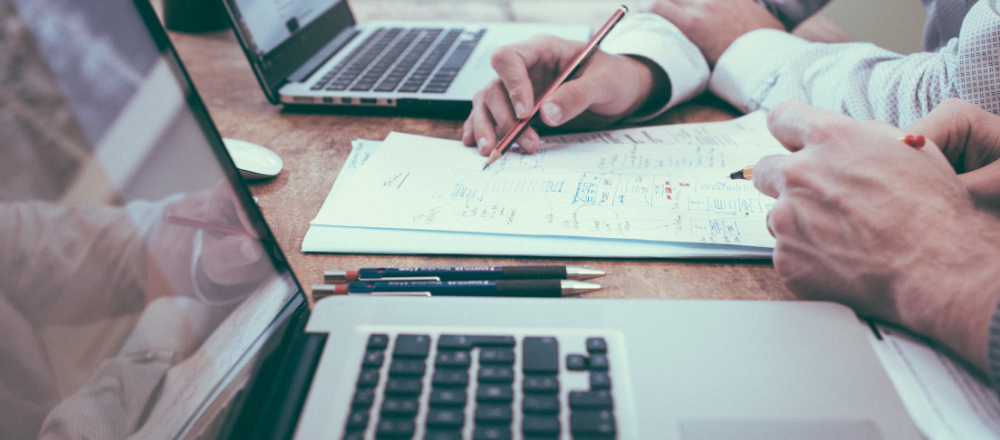We’ve always been fans of the dark.
With our latest iOS release today, Dark Mode is officially available on all of our Brief apps on Web, Mac, Windows, iOS
Pretty much since the
That doesn’t mean that we could simply invert the colors in the app and call it a day. Our Design and Frontend teams invested weeks of work to perfect the new look and to ensure that Brief is usable, readable and inviting in Dark Mode, for both new and veteran users. We wanted to ensure that our new dark mode is aligned with our design philosophy that emphasizes minimalism, clarity
We’re excited with the feedback and user adoption of this new look, and we hope that our users enjoy using it almost as much as we enjoyed making it.
Why use Dark Mode?
But why is dark mode a popular feature to begin with? The benefits of a light-on-dark color scheme were always appreciated by developers and graphic designers who need to work long hours staring at their screen, but after the transition to graphical user interfaces in the late 1980s and 90s, most software typically used dark-on-light color schemes that more closely resembled real-world objects such as books and newspapers.
The growing popularity of OLED screens in laptops, smartphones
Google wanted to evaluate the power-saving benefits of adding a darker look to its Android operating system and its suite of apps. In a presentation to developers at its annual conference, Google revealed that the new dark mode feature in the YouTube app can save between 15% and 60% of battery life versus the standard ‘light mode’ version. As anyone who struggled to squeeze a measly 1% of juice from their device can attest, saving 15% or more of your battery life can make a huge difference in day to day usage. This research prompted Google to add dark mode as a feature for Android as a whole.
The September 2018 launch of macOS Mojave marked another turning point in terms of the popularity of dark mode. Apple made the dark mode the headline feature of its latest Mac operating system and is expected to be adding it as a key feature to iOS 13, which is expected to release in late 2019. As more and more companies and consumers embrace the darkness, it’s clear that dark mode is here to stay.
What’s Next for Brief
With Dark Mode complete, we’re continuing to build improvements and features for both new and existing users. Over the coming weeks and
If you enjoy dark mode on Brief, follow our blog as we will be publishing a new article recommending the best new dark mode apps, so that you could have a consistent dark mode experience in your day to day. As always, we invite our users to share their feedback in the comments below, on our social media pages (Facebook, Twitter, Instagram) or directly through Brief.
Remember, there’s no reason to be afraid of the dark.
Ready to join the dark side? Try Brief for free with your colleagues and clients.


